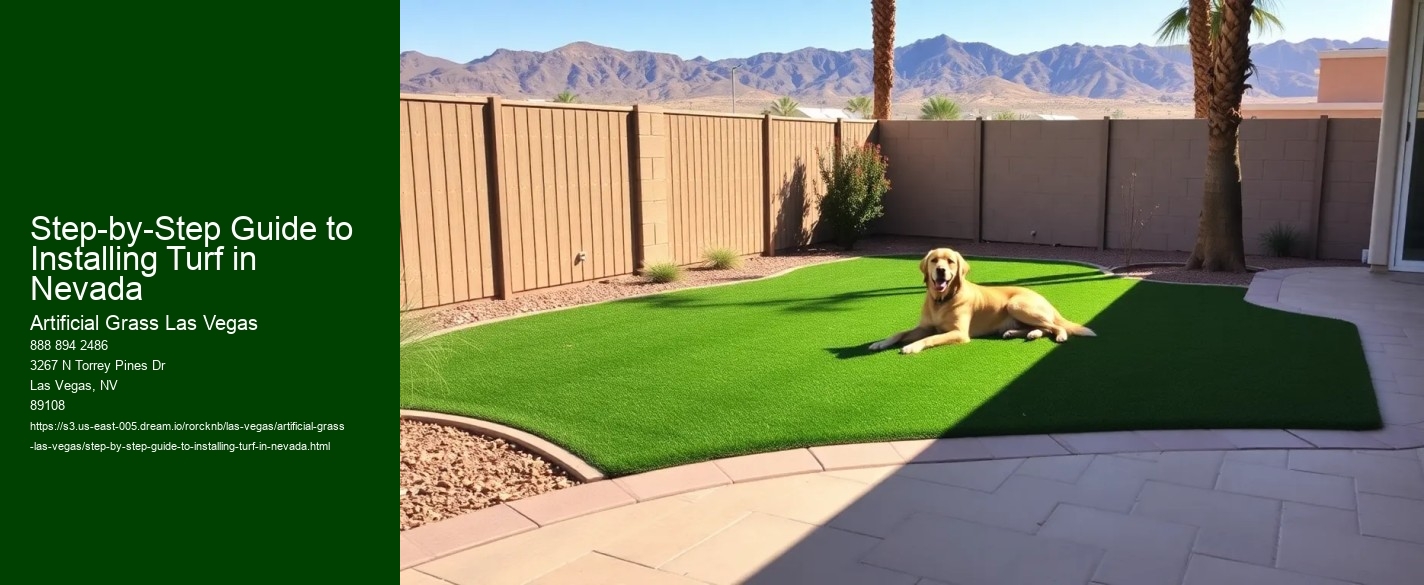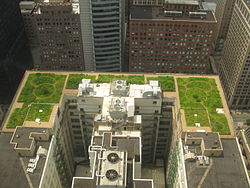Choosing the Right Turf Grass for Nevadas Climate
Choosing the right turf grass for Nevadas climate can be a bit of a challenge! Quality Artificial Grass Vegas Nevada. You see, Nevadas got some pretty extreme weather conditions - think sweltering summers and freezing winters. So, you cant just grab any old grass and expect it to thrive.
First things first, you gotta consider the sun. Nevadas got plenty of it! But too much sun can be tough on grass. You want something that can handle the heat without wilting. Bermuda grass is a good choice here. Its tough as nails and loves the sun. Just make sure youve got enough water though, because its a thirsty one!
Then theres the cold. Believe it or not, some parts of Nevada get pretty chilly in the winter. Thats where cool-season grasses come in. Fescues are great for this because they can withstand cold temperatures better than warm-season grasses. But theyre not as drought-tolerant as Bermuda, so you need to be ready to water more often during dry spells.
Now, not everyone wants to water their lawn like crazy. If youre looking for a drought-resistant option that can handle both hot and cold, Blue grama might be for you. Its native to the region and doesn't need much water or maintenance. But its not as lush as other grasses, so it might not be the best choice if you want a super green lawn.
Another thing to keep in mind is soil quality. Synthetic Grass For Side Yards Las Vegas Nevadas not exactly known for its rich, loamy soil. You might have to do some work to improve the soil before planting. Adding compost or other organic matter can help, but its a step you shouldnt skip.
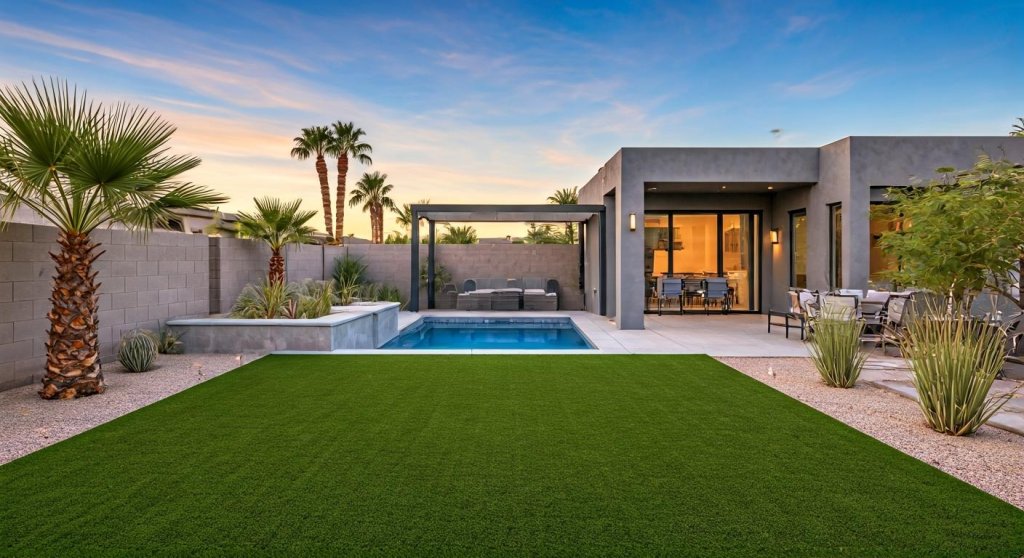
Lastly, dont forget about foot traffic. If youve got kids or pets, youll want a grass that can handle some wear and tear. Bermuda and Fescues are both pretty sturdy, but Blue grama might not be the best choice for high-traffic areas.
In conclusion, choosing the right turf grass for Nevadas climate isn't easy, but its totally doable. You just need to think about the sun, the cold, the water, the soil, and the foot traffic. And hey, if you make a mistake? No worries! You can always try something different next year. Gardening is all about learning and experimenting, right?
Preparing the Soil for Turf Installation
Alright, so youre thinking about laying down some green grass in your yard in Nevada? Well, before you get too excited and start hauling turf, you gotta take a step back and make sure the soils in tip-top shape! You see, preparing the soil is like priming a canvas; without the right base, your turf aint gonna look as lush and healthy as it could.
So, first things first, you gotta clear the area. Get rid of any weeds, rocks, or debris. Its a bit of a pain, but trust me, its worth it. No point in having your new turf grow among old, pesky weeds! Once the areas clean, its time to take a closer look at the soil itself. Check if its loose and aerated. If you push a shovel into the ground and its like trying to dig into concrete, youve got a problem. You need to loosen it up, maybe with a tiller or a garden fork. This helps the roots breathe and spread out.
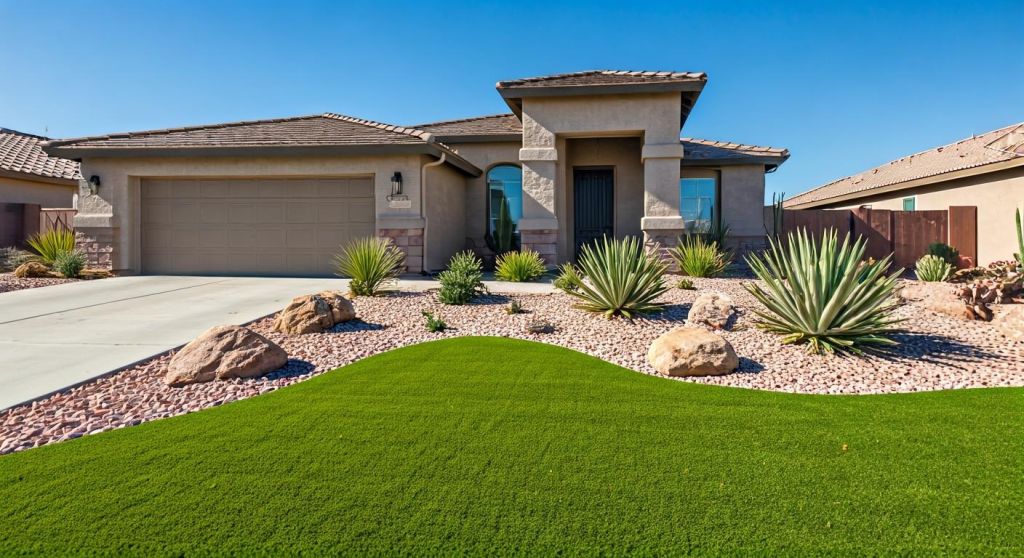
Dont forget about grading the area. The soil should slope away from buildings and other structures to prevent water from pooling and causing issues. If the areas too flat, water might sit around, leading to root rot. Use a rake or a landscape rake to give it a gentle slope. It doesnt have to be drastic, just enough to ensure proper drainage.
Now, heres the thing: you might not need to add a ton of amendments, but if the soils really sandy or clay-heavy, you might want to consider it. Sand can improve drainage, while clay needs organic matter to loosen it up and improve its structure. Compost is a great option here. It adds nutrients and helps retain moisture. You can spread it out evenly over the soil and mix it in with that garden fork or tiller you used earlier.
Oh, and forget about overwatering the soil. Its tempting to think that more water is better, but thats not the case. Overwatering can lead to compaction and reduce oxygen in the soil, which is bad news for your new turf. Just give it a good soak before you lay down the turf, then let it dry out a bit. This helps the roots establish better when theyre finally in contact with the soil.
So, there you have it. Preparing the soil might seem like a daunting task, but its crucial for the health and longevity of your new turf. Take your time, and dont rush it. Your patience will pay off in the end, I promise!
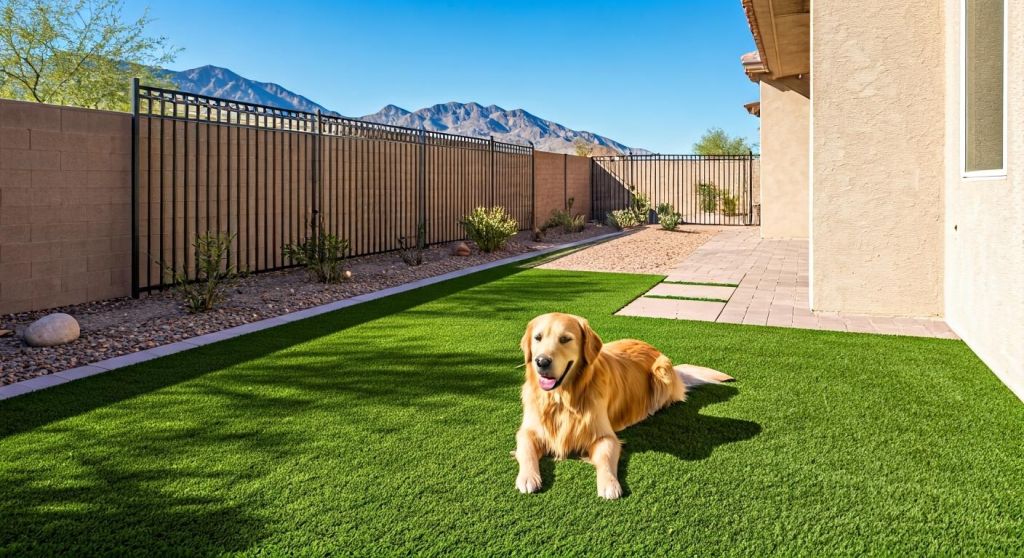
Laying Out and Installing the Turf Sod
Laying out and installing turf sod is an exciting part of the whole process of creating a beautiful lawn in Nevada. Its not just about rolling out some grass, it's about making sure everythings done right to ensure that your new sod thrives in the dry climate. First things first, you gotta prepare the area where the sod is gonna go. Make sure there's no weeds or debris (you don't want anything competing with your fresh grass!).
Step-by-Step Guide to Installing Turf in Nevada - Las Vegas Garden Turf Specialists
- Las Vegas Outdoor Turf For Parties
- Artificial Grass For Commercial Properties Las Vegas
- Las Vegas Artificial Lawn Landscaping Ideas
Once the area is prepped, you can start laying out the sod. It's important to stagger the seams, kinda like bricks in a wall, to create a sturdy foundation. You wouldnt want your sod to peel away easily! When you're laying the strips, just unroll them and gently press them down. Its crucial to avoid leaving gaps between the pieces. You dont wanna give those pesky weeds a chance, right?
After youve laid down all the sod, give it a good watering. This step isn't optional! Watering helps to settle the sod into the soil and keeps it from drying out. You might think it's a hassle, but trust me, your lawn will thank you later.
Finally, keep an eye on your new turf for the next few weeks. Don't let it dry out, and avoid heavy foot traffic until it's established. Remember, patience is key! In no time, youll have a lush, green lawn that you can be proud of. What a difference it makes!
Post-Installation Care and Maintenance Tips
After you've gone through the process of installing turf in Nevada, you might think the hard work is over, but that's not entirely true! Post-installation care and maintenance are crucial to ensure your new lawn stays lush and vibrant. So, let's dive into some easy tips to keep your turf looking its best.
First off, watering is a big deal. You've gotta make sure you're giving your turf enough hydration, especially during those hot Nevada summers. It's not just about soaking it for a few minutes; you should aim for a deep watering routine. This helps the roots establish themselves better. But hey, don't go overboard-too much water can lead to problems like mold or even root rot, which you definitely don't want.
Next, let's talk about mowing. You might think turf doesn't need mowing, but that's not true! Regularly trimming the grass helps maintain its height and keeps it looking neat. Just remember to set your mower blade high enough so you're not cutting it too short. Cutting it too low can stress the grass and make it less resilient.
Also, you should keep an eye out for debris. Leaves, twigs, and other stuff can accumulate on your turf, blocking sunlight and trapping moisture.
Step-by-Step Guide to Installing Turf in Nevada - Las Vegas Garden Turf Specialists
- Las Vegas Artificial Grass Year Round Green
- Las Vegas Turf For Xeriscaping
- Las Vegas Turf Infill Options
Fertilizing is another important aspect of turf care. You'll want to use a quality fertilizer that's appropriate for your grass type and climate. Applying it at the right times will help your turf thrive. Just make sure you're not using too much; that can lead to chemical buildup, which is definitely something you want to avoid.
Lastly, don't forget about the edges! Trimming the borders of your turf not only gives it a polished look but also prevents overgrowth into other areas. Plus, it's a good opportunity to check for any weeds that might be trying to sneak in.
In conclusion, while installing turf in Nevada might seem like the finish line, it's really just the beginning. With some consistent care and attention, your new lawn can stay healthy and beautiful for years to come. So, roll up those sleeves and get to work-you won't regret it!
